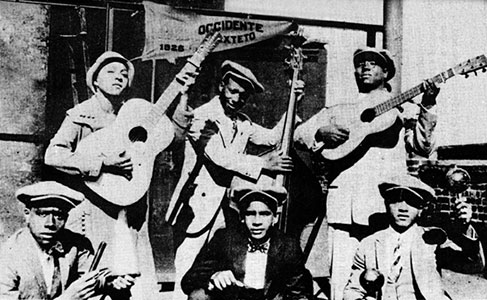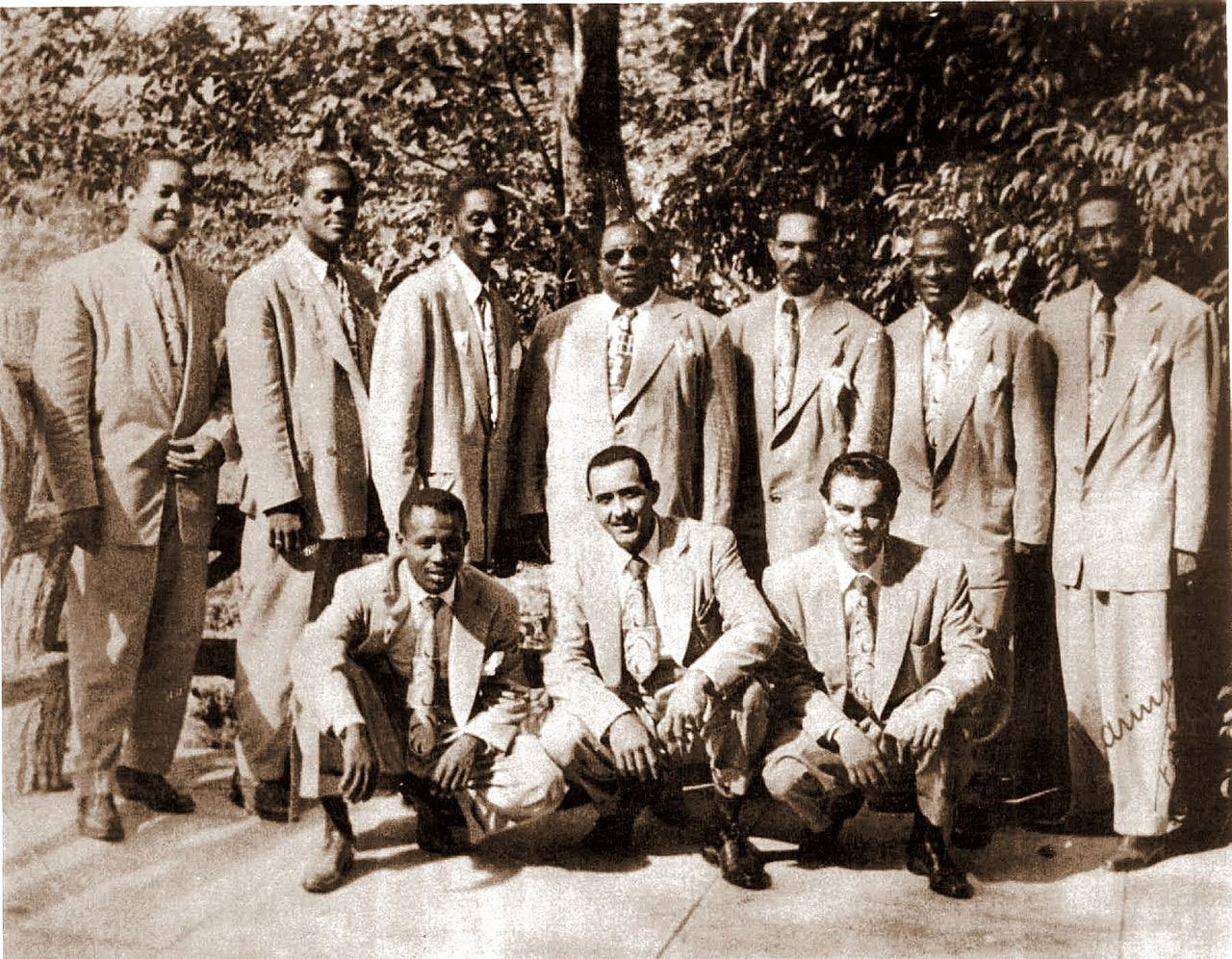For all intents and purposes, Salsa music came into being around the 1940s. While Hispanic in flavor, Salsa, as a music genre, was born in New York, USA. Still, this previously called Afro-Cuban Jazz, was conceptualized by Cuban and Puerto Rican immigrants. The music is indeed “salsa” or sauce because it’s a product of a varied mix of musical influences. Consider Salsa’s roots – Cuban Son montuno, mambo, cha cha chá and guaracha. There’s also a trace of Puerto Rican plena and bomba, as well as bolero.
Primarily, Salsa music is Cuban son, a genre that is a fusion of Afro-Cuban percussion, Spanish guitar and canción mixed with North American jazz, plus elements of funk, R&B and rock.
From New York, Salsa music quickly spread to Colombia and other parts of North America. Founding proponents of Salsa music include Fania All-Stars creator Eddie Pacheco, Willie Colón, Rubéb Blades, Ray Barretto, Héctor Lavoe, Eddie Palmieri, Bobby Valentín, Roberto Roena, and Larry Harlow.
Name change
While it was previously called Afro-Cuban jazz, the embargo imposed on Cuba meant that the music needed a new name that would not relate to Cuba. So in the 1960s, the name “Salsa” was coined as the new name. At first though, “salsa” was used as an umbrella term for several song and rhythm styles as a marketing tool to help promote Latino music in general.
Growing family of artists
Several prominent Salsa artists joined Fania Records in the 1970s. Notable were Celia Cruz, Tito Puente, Héctor Lavoe, Ray Barretto and Eddie Palmieri. By that time. Salsa music was already very well entrenched in Europe, Japan, Central America, South America and even in Africa. Pretty soon, artists from Colombia and Venezuela joined the growing family of Salsa artists, including Colombia’s Grupo Niche and Venezuela’s Joe Arroyo and Oscar D’Leon.

Cuban Son
When you discuss the history of Salsa music, it is inevitable that you also talk about Cuban Son, which is the core of this music genre. It was in this type of music that the Clave rhythm was played in public for the first time. The affluent French Caribbean families emigrated to what is now known as Haiti with their African slaves, who brought with them their own secular music together with European music. Cuban Son appeared in Havana around 1917 when Danzon, Cuba’s national dance, was very popular. Although different in form, the Son had similar elements as Danzon, and Son was instrumental to the introduction of African instruments into the orchestras as Danzon was ever present in many dance halls and social clubs for the rich.

Percussion and rhythm were the core of Son, which became prominent among the country folk in the Oriente Provence, many of whom were the freed slaves from Africa. Soon other instruments were used, including the bongos, quijada, marimbula, the cowbell, botijuela, timbales criollos and the diente de arado.
The discovery of the musical possibilities of a hardwood used for shipbuilding by Cuban musicians led to the birth of the clave. The clave, a pair of cylindrical sticks produce a distinct metallic sound when struck together. It became the fundamental instrument to keep the Cuban Son’s rhythm and helped direct the footsteps of dancers.
Cuban Son's journey
Cuban Son, which was heavily influenced by African instruments and rhythms blended with Caribbean music, particularly from Puerto Rico. When it reached New York around the 1940s, it was adapted to the dance styles of local New Yorkers, particularly at popular clubs such as the Palladium. When Cuba became isolated, the interaction between the New York and Cuban musicians were limited. Thus from the 1960s the main source of contemporary Salsa music were the Puerto Rican immigrants and the New York musicians that eventually merged.
One must understand that contemporary Salsa music was born in New York around the 1960s, as a crossbreed of Puerto Rican bomba y plena and Cuban Son, mixed with R&B and jazz. Don’t ever call it Cuban music!

